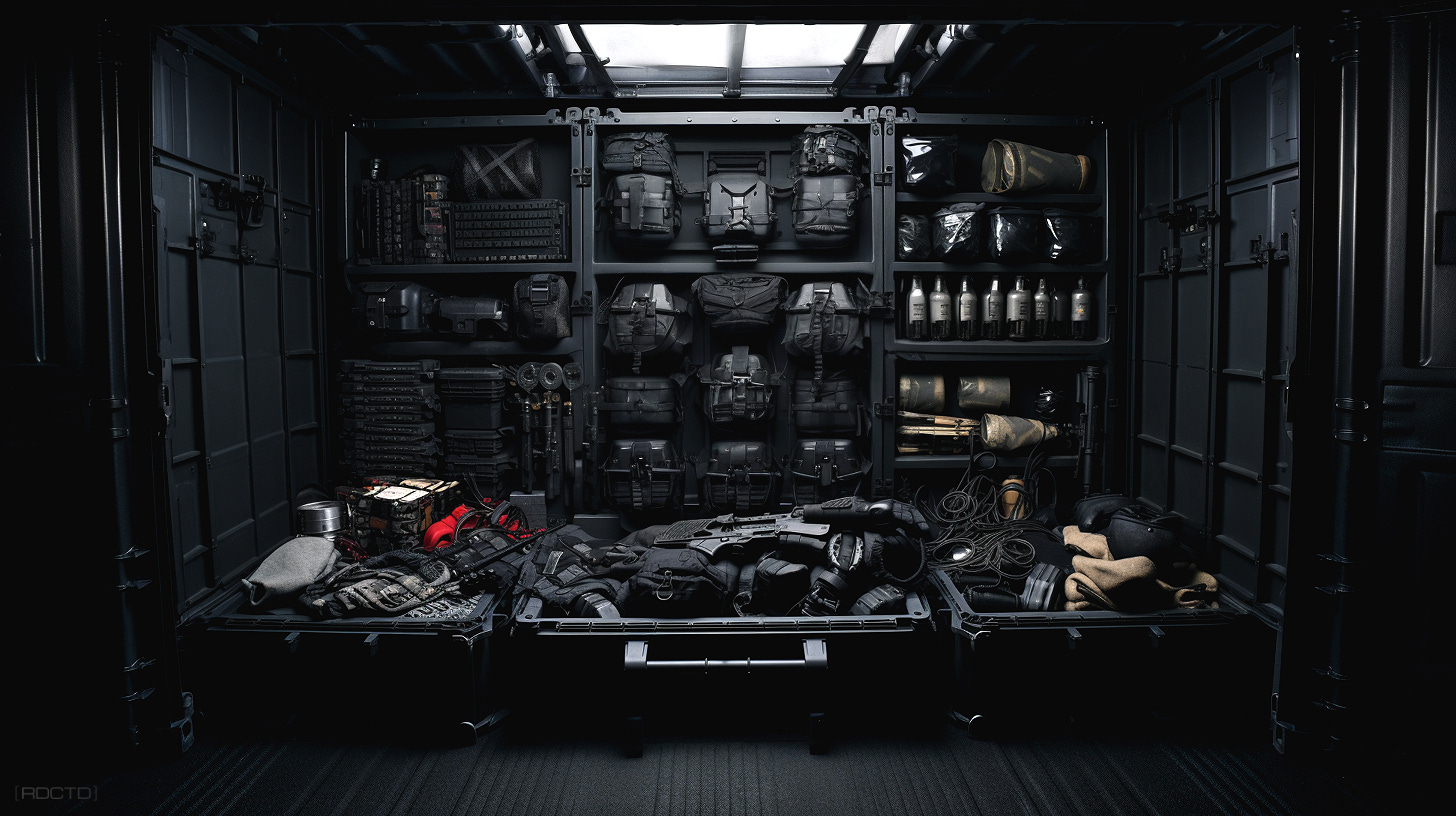"MIL-SPEC" (Military Specification) Explained
Military Specification, commonly abbreviated as MIL-SPEC, is a standard used to delineate the physical and functional characteristics of a product, system, or piece of equipment to ensure that it meets certain performance benchmarks essential for military applications.
These standards are developed by the U.S. Department of Defense and are designed to ensure uniformity, reliability, and suitability for the rigorous conditions often encountered in the field. -excerpt
They are highly prescriptive and detail-oriented, specifying everything from materials and processes to quality control procedures. MIL-SPECs ensure that equipment is not just fit for purpose but also interoperable among various branches of the military, thereby maximizing functionality and efficiency.
Delving deeper, these “specifications” are comprehensive sets of guidelines that cover a broad range of criteria including, but not limited to, dimensions, tolerances, materials, procedures, testing methods, and quality control mechanisms. The idea is to produce hardware and technology that are consistently reliable and universally compatible across various branches of the armed forces.
The MIL-SPEC system has multiple categories, ranging from MIL-STD, which sets forth general standards and practices, to MIL-DTL, which provides detailed engineering requirements. Compliance with these specifications is usually mandatory for suppliers who wish to enter into contracts with the U.S. military or allied forces.
Standardizing equipment and technology according to military specifications ensures a level of durability and reliability that could mean the difference between mission success and failure.




